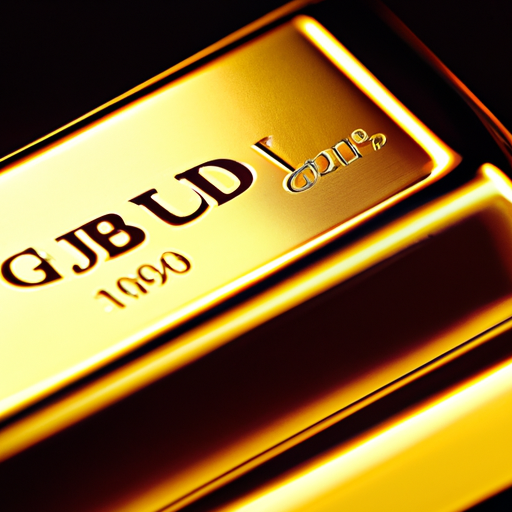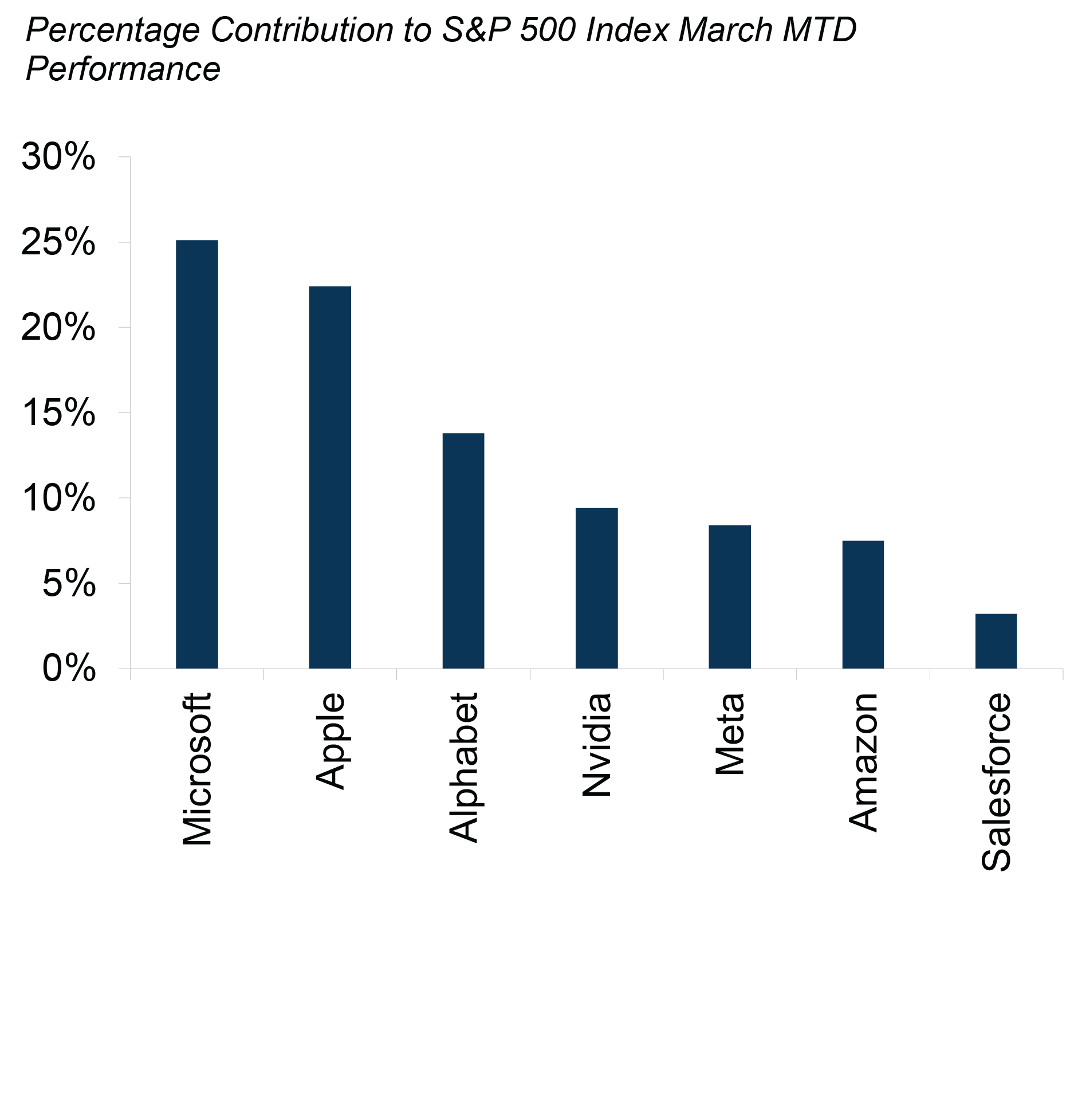If you’re interested in investing in gold, it’s important to understand the concept of “Golden Volatility” and how it can impact your investments. Golden volatility refers to the fluctuation in the price of gold over time, which can be influenced by various factors such as economic conditions, government policies, and investor sentiment. Navigating these price fluctuations and investment risks can be challenging, but with the right knowledge and strategy, you can make informed decisions that maximize your potential returns. In this blog, we will explore the key factors that contribute to golden volatility and provide you with valuable insights on how to manage and mitigate investment risks in the gold market. Get ready to delve into the fascinating world of gold investment!
Factors Affecting Gold Prices
When considering investing in gold, it’s crucial to understand the various factors that can influence its price. By keeping a close eye on these factors, you can make more informed decisions and navigate the potential risks and fluctuations in the gold market.
Global Economic Conditions
Global economic conditions play a significant role in determining the price of gold. When the economy faces uncertainty or instability, investors often turn to gold as a safe haven investment. Economic indicators like GDP growth, unemployment rates, and consumer sentiment can impact the demand for gold and subsequently affect its price.
Inflation
Inflation is another critical factor affecting gold prices. When inflation rates rise, the purchasing power of currency decreases, and investors tend to seek refuge in assets like gold. Gold has historically been seen as a hedge against inflation, making it an attractive investment during times of rising prices.
Currency Fluctuations
Currency fluctuations can have a significant impact on the price of gold. Since gold is traded in US dollars on international markets, changes in currency values can affect its price. For example, if the US dollar weakens against other major currencies, it can lead to an increase in gold prices, as it becomes more expensive for investors using other currencies to buy gold.
Interest Rates
Interest rates, particularly those set by central banks, also play a crucial role in gold prices. When interest rates are low, investors may choose to allocate their funds towards gold, which is often viewed as a non-yielding asset. Conversely, when interest rates rise, the opportunity cost of holding gold increases, potentially causing its demand and price to decrease.
Market Sentiment
Market sentiment, or investor confidence, can heavily impact gold prices. During times of geopolitical tensions or economic uncertainties, investors may seek the safety and stability of gold, driving up its demand and price. Conversely, when optimism and confidence dominate the market, investors may shift away from gold, leading to a decrease in its price.
Understanding Market Cycles
To make informed investment decisions, it’s essential to understand the different phases of market cycles and how they can impact the price of gold.
Expansion Phase
During the expansion phase of the market cycle, economic growth is strong, and investor confidence is high. This phase is characterized by rising stock markets, low unemployment rates, and increasing consumer spending. Typically, gold prices may decrease during this phase as investors allocate their funds towards riskier assets, such as stocks.
Peak Phase
The peak phase marks the end of the expansion phase and the beginning of a potential market downturn. It is characterized by elevated stock prices, excessive optimism, and potential signs of overvaluation. During this phase, gold prices may start to rise as investors become more cautious and seek safer investments.
Contraction Phase
The contraction phase, also known as the bear market, is characterized by declining stock prices, increasing unemployment rates, and slowing economic growth. During this phase, gold prices tend to rise as investors seek safety during times of market uncertainty.
Trough Phase
The trough phase is the bottom of the market cycle, where investor sentiment is at its worst. Stock prices are typically at their lowest, and economic indicators are weak. Gold prices may continue to rise during this phase as investors continue to flock to the safe haven asset.
Supply and Demand Dynamics
Understanding the supply and demand dynamics of gold is crucial to analyze its price movements accurately.
Gold Mine Production
The level of gold mine production can affect the supply of gold in the market. If gold mine production increases, it can result in higher supply and potentially lower prices. Conversely, if gold mine production decreases, it can lead to a decrease in supply and potentially higher prices.
Central Bank Reserves
Central banks around the world hold substantial gold reserves. Their buying and selling activities can have a significant impact on the supply and demand dynamics of gold. When central banks purchase gold, it can increase the demand and potentially drive up prices. Conversely, if central banks sell a considerable amount of their gold reserves, it can lead to higher supply and potentially lower prices.
Jewelry Demand
Gold jewelry demand is one of the key drivers of overall demand for gold. Factors such as cultural preferences, disposable income, and fashion trends can influence jewelry demand. In countries with high gold jewelry consumption, such as India and China, changes in jewelry demand can have a substantial impact on the price of gold.
Investment Demand
Investment demand for gold plays a crucial role in its price movements. Investors purchase gold as a hedge against economic uncertainties or as a store of value. Institutional investors, retail investors, and even individual consumers can contribute to the investment demand for gold. Increased investment demand can lead to higher prices, while decreased demand can result in price declines.
Impact of Geopolitical Events
Geopolitical events can have a significant impact on gold prices as they introduce uncertainties and increase the demand for safe-haven assets.
Political Instability
Political instability, such as government coups, regime changes, or civil unrest, can create uncertainty and drive investors towards safe-haven assets like gold. Geopolitical tensions and conflicts often lead to a surge in demand for gold, causing its prices to rise.
Trade Wars
Trade wars and related tariffs can significantly impact global economic conditions and investor confidence. As trade tensions rise, investors may turn to gold as a safe haven investment, driving up its demand and price.
Natural Disasters
Natural disasters, such as earthquakes, hurricanes, or pandemics, can disrupt economies and financial markets. During these periods, investors may seek the stability of gold, leading to an increase in its demand and price.
Terrorist Attacks
Terrorist attacks introduce uncertainty and can have profound effects on global markets. Investors often flock to safe-haven assets like gold during times of heightened security concerns, causing its price to rise.
Risk Management Strategies
When investing in gold, implementing risk management strategies is crucial to protect your investments and minimize potential losses.
Diversification
Diversification involves spreading your investments across different asset classes, such as stocks, bonds, and commodities like gold. By diversifying your portfolio, you can reduce the overall risk by not relying solely on one investment.
Asset Allocation
Asset allocation refers to the distribution of your investment funds across different asset classes or sectors. By carefully allocating your investments, you can balance risk and potential returns based on your investment goals and risk tolerance.
Stop Loss Orders
Stop loss orders are orders placed with a broker to automatically sell an investment if it reaches a specified price. This strategy helps limit potential losses by enabling you to exit a position if the price of gold declines beyond a predetermined level.
Setting Realistic Goals
Setting realistic investment goals is crucial to avoiding unnecessary risks and emotional decision-making. Determine your financial objectives and establish a plan that aligns with your risk tolerance, time horizon, and overall financial situation.
Investment Vehicles
Investors have several investment vehicles to choose from when investing in gold. Each option has its unique characteristics and benefits.
Physical Gold
Physical gold refers to gold bars, coins, or jewelry that investors can purchase and hold. This investment vehicle provides direct ownership of the physical metal, but it also requires storage and security considerations.
Gold ETFs
Gold Exchange-Traded Funds (ETFs) are investment funds that trade on stock exchanges. These funds hold physical gold or track the performance of gold prices. Investing in gold ETFs offers flexible trading and liquidity without the need for physical storage.
Gold Futures Contracts
Gold futures contracts are agreements to buy or sell gold at a predetermined price and date in the future. Trading gold futures allows investors to speculate on price movements without owning the physical metal. However, futures trading involves higher risks and requires a deeper understanding of the market.
Gold Mining Stocks
Investing in gold mining companies’ stocks provides exposure to the gold market while also gaining exposure to the potential profitability of the mining industry. These stocks can be influenced by factors such as production costs, management efficiency, and exploration success.
Technical Analysis Tools
Technical analysis tools can assist investors in analyzing past price movements and identifying potential trends in the gold market.
Moving Averages
Moving averages are commonly used technical indicators that smooth out price fluctuations and identify trends. They provide insights into the average price over a specific period, helping investors identify potential support and resistance levels.
Support and Resistance Levels
Support and resistance levels are price levels at which stocks or commodities tend to stop or reverse their previous direction. By identifying these levels, investors can make more informed decisions regarding entry and exit points for their gold investments.
Relative Strength Index
The Relative Strength Index (RSI) is a momentum oscillator that measures the speed and change of price movements. It helps investors identify overbought or oversold conditions, which can guide their decision-making process.
Bollinger Bands
Bollinger Bands are volatility indicators that help measure price movements and potential price breakouts. Investors can use Bollinger Bands to determine periods of consolidation and anticipate potential trends or reversals in gold prices.
Long-Term vs. Short-Term Investing
Investors have different investment strategies when it comes to gold, depending on their individual goals and preferences.
Buy and Hold Strategy
The buy and hold strategy involves purchasing gold with the intention of holding it for an extended period, often years or even decades. This strategy aims to benefit from long-term price appreciation and provides a hedge against inflation and economic uncertainties.
Day Trading
Day trading involves buying and selling gold within a single trading day, taking advantage of short-term price fluctuations. Day traders closely monitor price movements and make multiple trades throughout the day, aiming to profit from small price differentials.
Swing Trading
Swing trading focuses on capturing shorter-term price swings or “swings” in gold prices. Swing traders hold positions for several days to weeks, aiming to profit from price fluctuations within broader trends.
Position Trading
Position trading involves taking long-term positions in gold, often lasting several weeks to months. Position traders aim to identify significant trends and capitalize on these trends for potentially larger profits.
Strategies for Volatile Markets
Volatility is a common characteristic of markets, including the gold market. Implementing specific strategies can help investors navigate and potentially benefit from volatile price movements.
Dollar-Cost Averaging
Dollar-cost averaging involves regularly investing a fixed amount of money into gold, regardless of its price. This strategy helps smooth out the impact of short-term price fluctuations, allowing investors to accumulate gold over time at different prices.
Value Averaging
Value averaging adjusts the amount invested in gold based on its performance. If the price of gold decreases, more funds are invested, and vice versa. This strategy aims to buy more when prices are low and fewer when prices are high.
Contrarian Investing
Contrarian investing involves going against the prevailing market sentiment and making investment decisions that differ from the consensus. In the context of gold, contrarian investors may consider buying when prices are falling and selling when prices are rising, based on their belief that market sentiment may be overreacting.
Trend Following
Trend following involves identifying and capitalizing on established price trends. Investors using this strategy aim to buy when prices are rising in an uptrend and sell when prices are falling in a downtrend.
The Role of Emotional Control
Emotional control is a vital aspect of successful investing, particularly when it comes to gold.
Avoiding Panic Selling
It is essential to avoid panic selling during periods of market turbulence. Reacting emotionally to short-term price fluctuations can lead to unnecessary losses. Maintaining a long-term perspective and understanding the reasons behind your investments can help mitigate the impact of emotional decision-making.
Sticking to a Plan
Having a well-defined investment plan and sticking to it can help avoid impulsive or emotionally driven investment decisions. Set clear goals, determine your risk tolerance, and develop a plan that aligns with your overall investment strategy.
Controlling Greed
Greed can lead to overly risky investment decisions or not taking profits when necessary. It’s crucial to strike a balance between optimizing potential gains and managing risk within your investment strategy.
Managing Fear
Fear can lead to selling investments prematurely or missing out on potential opportunities. Making investment decisions based on sound analysis and research can help alleviate fear and provide more confidence when navigating the gold market.
In conclusion, navigating the price fluctuations and investment risks in the gold market requires a comprehensive understanding of the various factors that influence its price, the market cycles, supply and demand dynamics, geopolitical events, risk management strategies, investment vehicles, technical analysis tools, different investment strategies, and the role of emotional control. By staying informed and implementing sound investment practices, investors can make more informed decisions and potentially benefit from the opportunities and challenges presented in the gold market.



